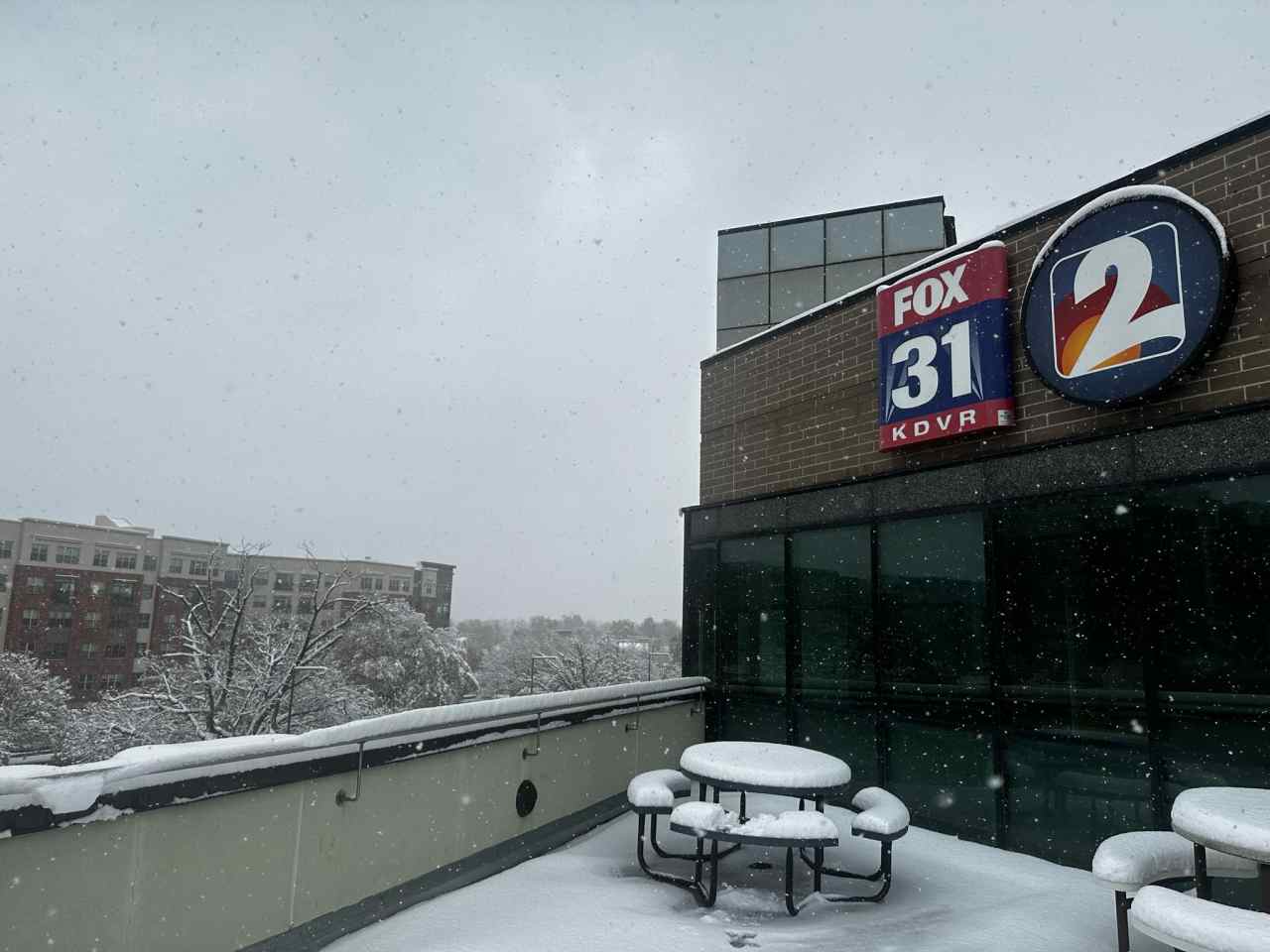Denver Faces Winter Storm Warning: Prepare for Severe Weather
Denver’s Winter Storm Warning: How to Prepare for Severe Weather
As winter rolls into Denver, it brings with it the magic of fresh snow, but it can also kick up some serious trouble. At times, Mother Nature can be a little too generous with her snowflakes, leading to hazardous conditions. With a winter storm warning officially on the radar, you might be wondering how to prepare and stay safe. So, grab a warm drink, cozy up, and let’s dive into all that you need to know to face this weather appropriately!
What Does a Winter Storm Warning Mean?
Before we talk about preparation, let’s break down what a winter storm warning really means. The National Weather Service issues this warning when there’s a significant amount of snow, ice, or a mix of both expected within the next 24 hours. You’re looking at chances of:
- Heavy snowfall
- Ice accumulations
- Bitterly cold temperatures that can lead to frostbite or hypothermia
These warnings aren’t here to scare you, but to inform you about what’s coming your way. Just like a well-made ski slope, it sets the stage for a fun—yet careful—adventure.
Forecasted Conditions in Denver
Based on the current forecasts, Denver is bracing itself for significant snowfall that may range from several inches to over a foot in higher altitudes. Temperatures will likely dip, resulting in icy roads and suboptimal conditions for travel. As always with Colorado weather, it’s best to prepare for the unexpected.
Key Weather Factors to Watch Out For:
- Timing: Snow is expected to hit late Friday through Saturday morning.
- Accumulation: Anticipate anywhere from 6 to 12 inches in certain areas.
- Temperature Drops: Daytime highs might remain in the low 30s, while nighttime lows could plummet to the teens.
Isn’t it wild how weather can flip so quickly? One minute you’re enjoying a mild afternoon, and the next, you’re digging through the closet for your snow boots.
Preparing Your Home for Winter Weather
Preparation is key. Here’s a checklist to ensure your home is ready:
- Check Heating Systems: Ensure your furnace is working efficiently. Replace filters and ensure all vents are unobstructed.
- Insulate Pipes: Wrap pipes in insulation tape to prevent freezing.
- Stock Up on Supplies: Make sure you have essentials like food, water, batteries, and medications. A well-stocked pantry is like a safety blanket for winter storms!
- Seal Drafts: Check windows and doors for gaps. Use weather-stripping or caulk to keep warm air in and cold air out.
- Have a Backup Plan: If your power goes out, have alternative heating methods, like a fireplace or space heater.
Getting Your Vehicle Winter-Ready
You don’t want to be caught off guard on the roads when the snow starts to fly. We’ll get you ready to face whatever the storm throws your way:
- Tires Matter: Make sure your tires are all-season or winter tires in top condition.
- Emergency Kit: Stock your car with a blanket, flashlight, snacks, water, and a first-aid kit.
- Check Your Batteries: Cold weather likes to drain batteries faster, so ensure yours is charged and in good shape.
- Keep Your Tank Full: Fill your gas tank to keep it from freezing and to prevent running out of fuel during the storm.
- Plan Your Route: If you have to travel, check weather conditions and avoid backroads. Let someone know your route and expected arrival time.
What to Do During the Storm
It’s vital to know how to stay safe while the storm is in full swing. Here’s how to hunker down:
- Stay Indoors: If possible, avoid unnecessary travel. If you must go out, be prepared for slippery conditions.
- Monitor Weather Reports: Keep an eye on local news stations, apps, and social media for updates.
- Direct Energy Use Wisely: Avoid using unnecessary energy during peak storm hours, especially in case of power outages.
- Safety First: Keep emergency numbers handy, and ensure your phone is charged.
After the Storm: Clear the Path
Congratulations! You’ve weathered the storm. Once it passes, here’s what you should do:
- Clear Your Driveway and Sidewalks: Be proactive about shoveling to avoid ice formation. If you’re doing this job manually, be cautious; shoveling can be hard on the heart!
- Inspect Surroundings: Keep an eye out for fallen trees and branches that could pose hazards.
- Assess Utilities: Check if all your utilities are functional. If you see any downed power lines, stay away and report them immediately.
Conclusion
Denver’s winter storm warning is more than just a forewarning about cold weather; it’s an invitation for you to prepare and keep your community safe. From stocking up your pantry to ensuring your vehicle is winter-ready, you hold the key to navigating through this weather with ease and comfort. Remember, embracing the cozy moments and staying safe are what winter is all about. So grab those warm blankets, sip that hot cocoa, and let the snowfall be a beautiful display of nature’s touch!
FAQs
1. How can I stay updated about the weather during the storm?
Check reliable sources like the National Weather Service, local news stations, and weather apps.
2. What should I do if I have to drive during a snowstorm?
Only drive if necessary and keep your emergency kit ready. Be sure to plan your route and avoid rush hour if possible.
3. Is there a best time to clear snow from my driveway?
It’s best to clear snow soon after it falls to prevent it from compacting and turning into ice.
4. Can I use regular salt on my sidewalk and driveway?
Yes, but you may want to consider alternative ice-melting solutions that are less harmful to pets and vegetation.
5. What is the safest way to shovel snow?
Use a proper technique, lift with your legs rather than your back, and take breaks to avoid strain.







